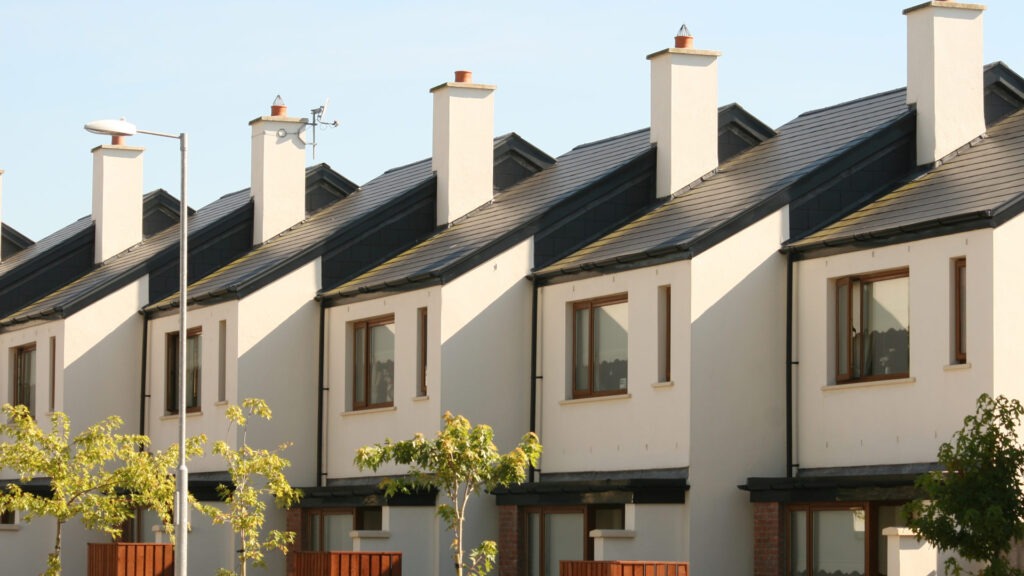Irish construction reports “absolute pull-back” as UK construction “defies forecasts”

But what does this mean for housing delivery?
Some surprising economic news from the UK this week, with reports that the national economy returned to growth in May, with outputs up 0.5 percent. The Financial Times reported this performance as “defying forecasts” and “surprising economists”. Perhaps the most surprising aspect was that this growth was seen across all main sectors, including construction, which performed well across housebuilding, manufacturing/logistics and office refurbishment. Significantly, this rebound in construction has been attributed to recovery in supply chain disruptions, which is enabling manufacturers to start fulfilling backlogs of orders. This is the news we are waiting to hear about the Irish construction sector.
Instead, the seasonally adjusted BNP Paribas Real Estate Ireland Construction Total Activity Index fell in June for the first time in 14 months and, for the first time in almost two years, the “construction outlook turns negative”, according to the report. In fact, pessimism was recorded from survey respondents for the first time since September 2020. The industry is now in contraction, as of late June, with new orders falling sharply. This fall-off in new orders has been attributed to increasing costs leading to “subdued” demand as previously planned projects are postponed. Simply put, the costs of delivering projects are rising faster and higher than the value of the finished projects being delivered. Clearly this is not viable or sustainable for the industry. Of course, one silver lining to this is the inevitable easing of pressure on strained supply chains.
€1.3 billion of property transactions
€1.3 billion of property transactions were filed with Revenue in May (up 8.3 percent on April), made up of 3,731 transactions. This is a 16.3 increase in residential activity when compared with May 2021. New dwellings made up 17.5 percent of these transactions. The latest figures from the CSO show residential prices in Dublin rose by 11.7 percent on an annual basis (no month-on-month increase), while prices outside the capital rose by 16.6 percent. These figures mark the second consecutive month of moderating house price inflation. While it has something of an irrelevant metric now, property prices nationally are just 1.1 percent lower than their 2007 peak.
Finally, you might have seen the latest Central Bank study, which found that property tax – as a recurring tax – can actively play a role in decreasing market volatility by providing stable, reliable income to the Government. It is unclear whether the economic paper is making the case for property tax hikes, however, it does point out that only 0.6 percent of tax revenue for the State comes from the LPT and – as a proportion of national income – revenue from recurrent property taxes in Ireland is significantly below the average for OECD countries…
Ian Lawlor
086 3625482
Managing Director
Lotus Investment Group
